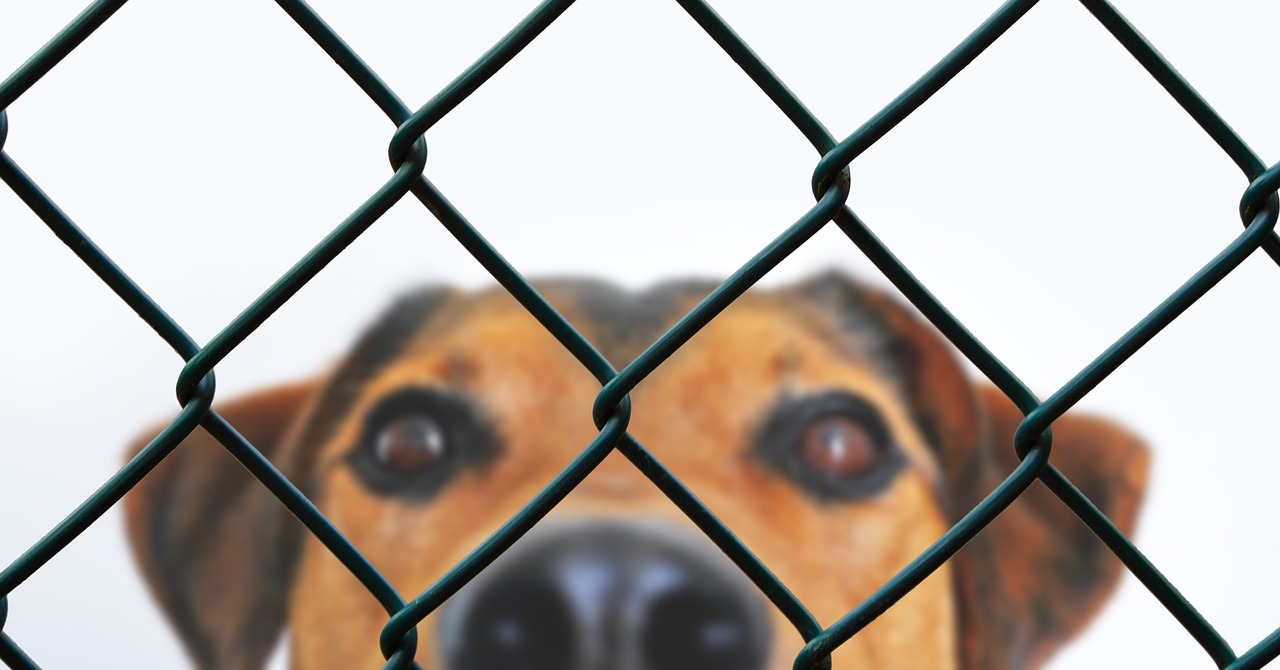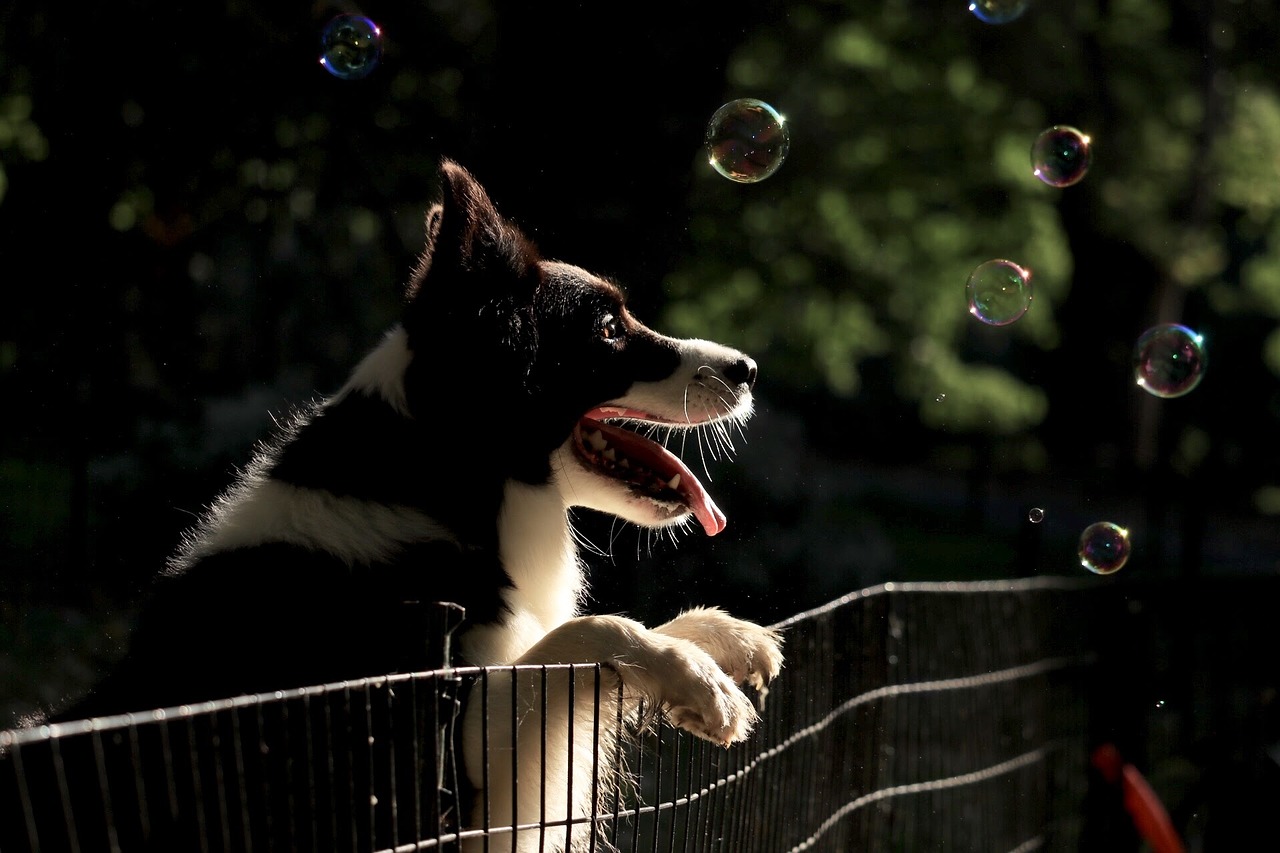How to Choose the Best Dog Fence
If you are like most people, you probably have not come across the phrase “dog fences” in some of your research. In fact, you might have assumed that they were just for show and were not really necessary. You probably also thought that a wire dog fence was sufficient unless you owned a large dog and needed to protect it from other dogs. You may still be thinking along these lines and wondering how to find the best dog fence. The first thing to consider is the purpose of the fence. There are several reasons why you may want to install a dog fence.
One reason you may want to consider a dog fence is protection. If you have small children, a dog fence can help keep them from being able to harm your pet. If you live in an area where hunting is illegal or at least not openly practiced, a dog fence can keep your animal out of the area where the hunters are. There are even some places where you can get a felony conviction and have your dog euthanized simply for crossing the lines set by the law.
Another reason to consider a fence is safety. It can be very difficult to watch your dog while it is outside. Some dogs have the tendency to wander away from their owners. Other dogs can be quite aggressive. If you have a dog with both of these tendencies, you need to take precautions to ensure they do not get into harm’s way. A fence will help to keep your animal contained while you are unable to be with it.
Some dog lovers choose a dog fence because they like the aesthetic appeal. They like the idea of having a decorative item as a focal point of the yard. Others use the fence to contain the dog so that it cannot get out while the family is outside. Still others use the fence to confine the dog to a specific area. Regardless of which purpose you have in mind, you need to consider your preferences before buying any type of fence.
The first place to start when you want to know how to find the right fence is at your local hardware store. There, you can look through the displays for the types of fences available. Pick up a few of them, to examine them and see if they will work well for your pet. You may also want to consult an expert at a dog product store to find out more about the different types of fences available.
If you have not yet brought your pet home, you will need to consider some factors before bringing it home. If you have a large yard or outdoor area, you will need to consider how much space you can afford to dedicate to the fence. For those who live in a small apartment or condo, there is probably no room for fencing. As such, you may want to consider purchasing a smaller fence.
Another important consideration is the design of the fence. You should know whether you would like the fence to be hidden or visible. If you opt to have it hidden, you should also choose the color, style and pattern wisely. You can easily buy a dog fence that blends with the overall theme of your backyard. This can also be achieved by painting it the color of your choice.
The last thing that you need to know how to find the best dog fence is whether you will be fencing your dog outdoors or indoors. If you are going to fence outdoors, you should make sure that it is securely anchored and attached to a sturdy support such as a post. If you choose to fence indoors, a durable wire will do. Remember to keep safety in mind when deciding which type of dog fence you will use.


